Roadside Pollinator Program
For over a decade, Columbia has used native plants as infrastructure in landscaping, rain gardens, natural areas, golf courses and along streets. In 2019, the Public Works department, in collaboration with the Office of Sustainability, initiated the Roadside Pollinator Program (RPP). The RPP converts areas with mowed turfgrass alongside streets and in medians and roundabouts to native prairie vegetation.
Thirty years ago, monarch butterflies could easily be seen fluttering through Stephens Lake Park, or any Columbia neighborhood. These days, fewer and fewer monarch butterflies are flying around Columbia. In 2013, winter monarch population estimates showed a 90% decrease in their overall population. This decline in the monarch population mirrors the decline of other prairie-dependent insects and songbirds.
Many of these prairie-dependent insects and songbirds are considered pollinators, fertilizing plants through pollen transfer while feeding. Without them, 88% of the world’s plants would not be able to reproduce (Ollerton 2011). Approximately one-third of our food is pollinated by a bee, butterfly, mammal or bird, contributing $235 to $537 billion in food production to the global economy (Food and Agriculture Organization of the United Nations (FAO) 2016). Similar to the monarch butterfly, more than 40% of the world’s insect pollinators are facing extinction (FAO 2016).
The City of Columbia is taking action to curb the decline of pollinators and other wildlife through education and outreach, habitat restoration, and policy. In November 2016, City Council signed the National Wildlife Federation’s Mayors’ Monarch Pledge that states that the City of Columbia will take action to educate the public on monarch decline and restore native habitat to support the monarch butterfly and other pollinators.
The Roadside Pollinator Program honors the Mayor’s Monarch Pledge by restoring pollinator habitat along City of Columbia roadsides.
Sites were selected by the streets division and the City’s Community Conservationist. Site selection was based on habitat potential (including location and size), proximity to infrastructure, the safety of pedestrians, motorcyclists, bicyclists and motor vehicle drivers. Additional considerations include the timing of planned construction and road work and neighborhood aesthetics. The first phase of the program will convert selected roadsides, medians and roundabouts on Scott Boulevard, North Providence Road, South Providence Road, Rangeline Street and Discovery Parkway.
If you would like to request an agreement regarding the maintenance of public right-of-way, please complete the Landscape Maintenance Agreement Request form below. Following your request, a City staff member will contact you to begin the agreement process.



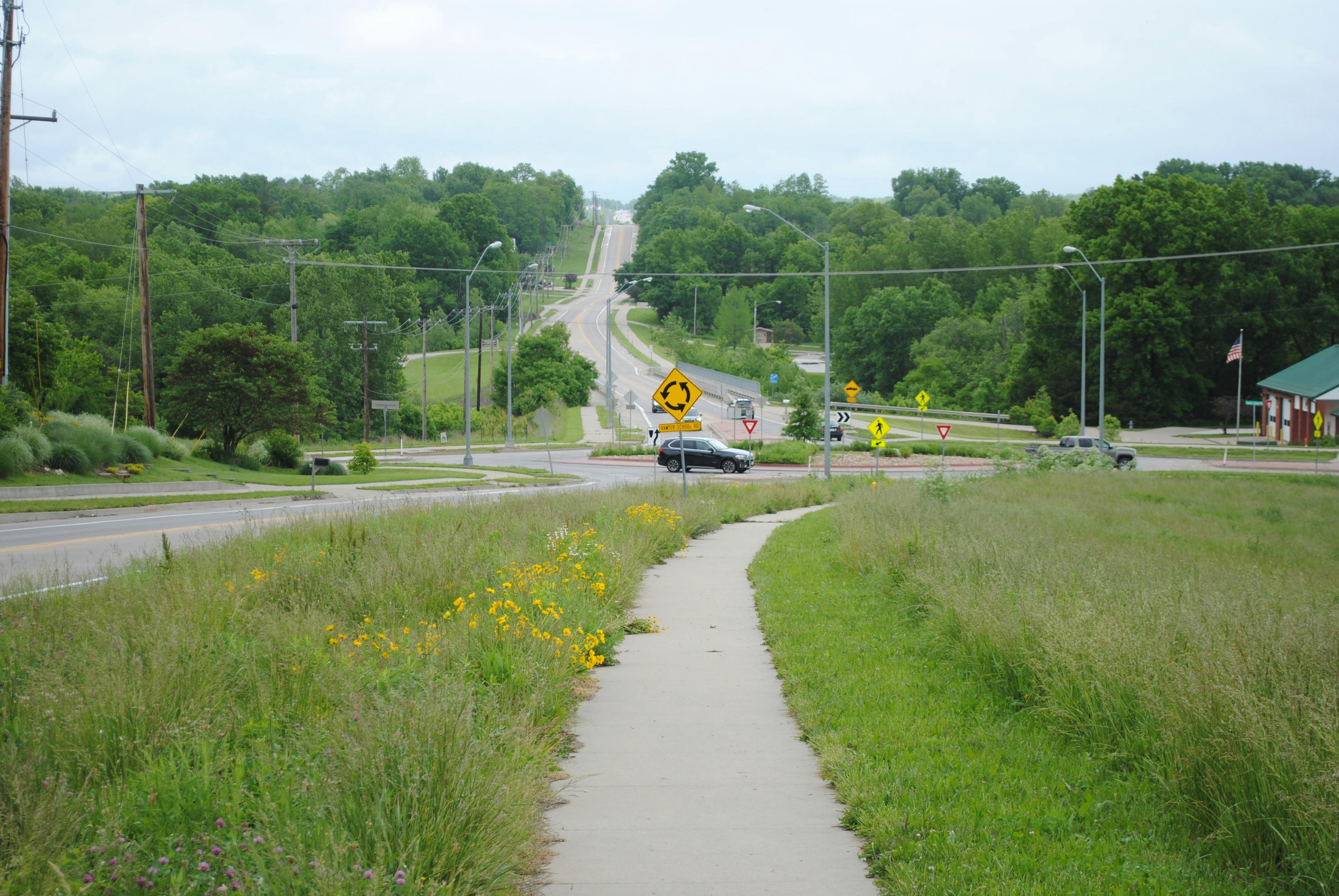
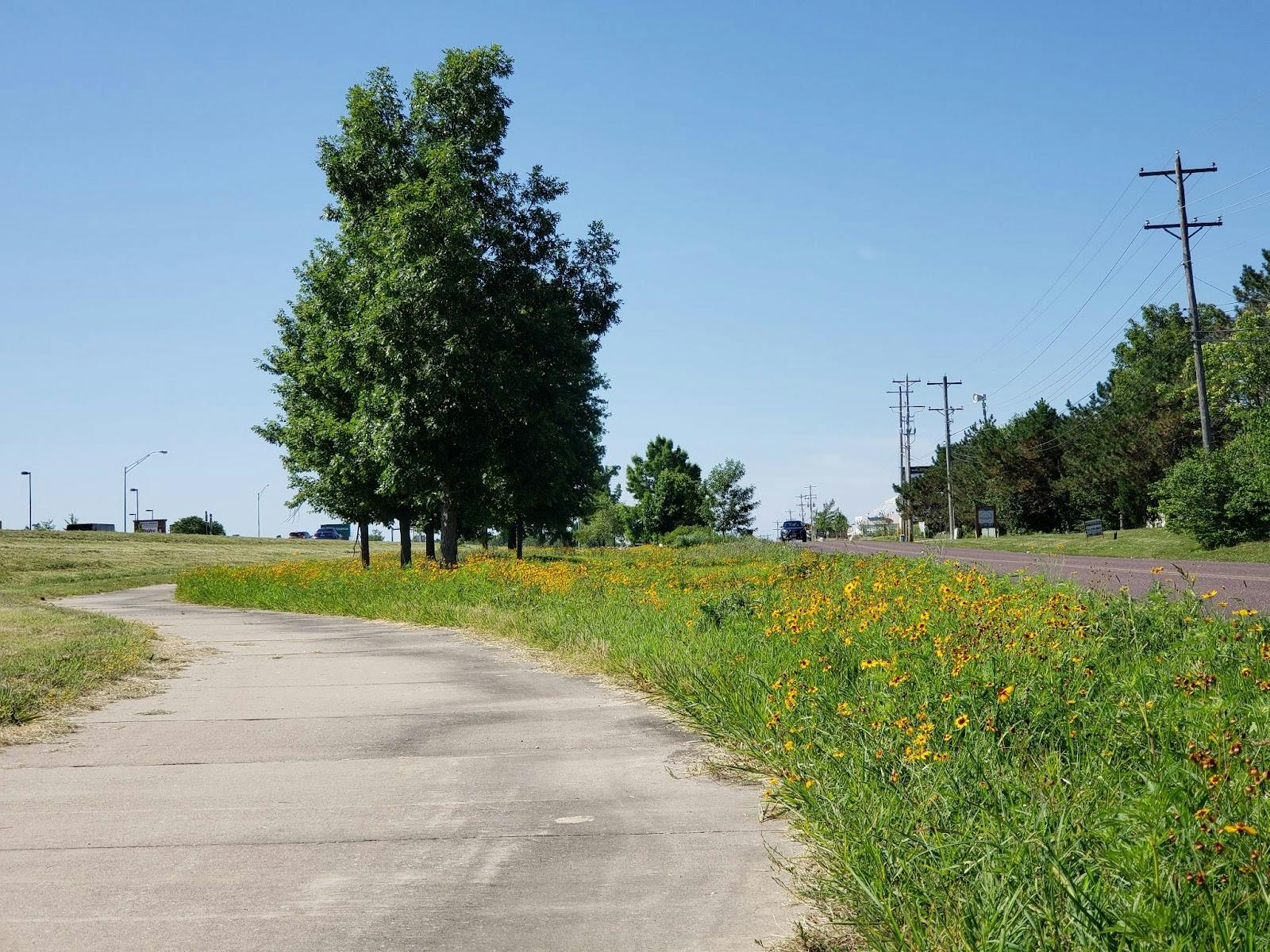

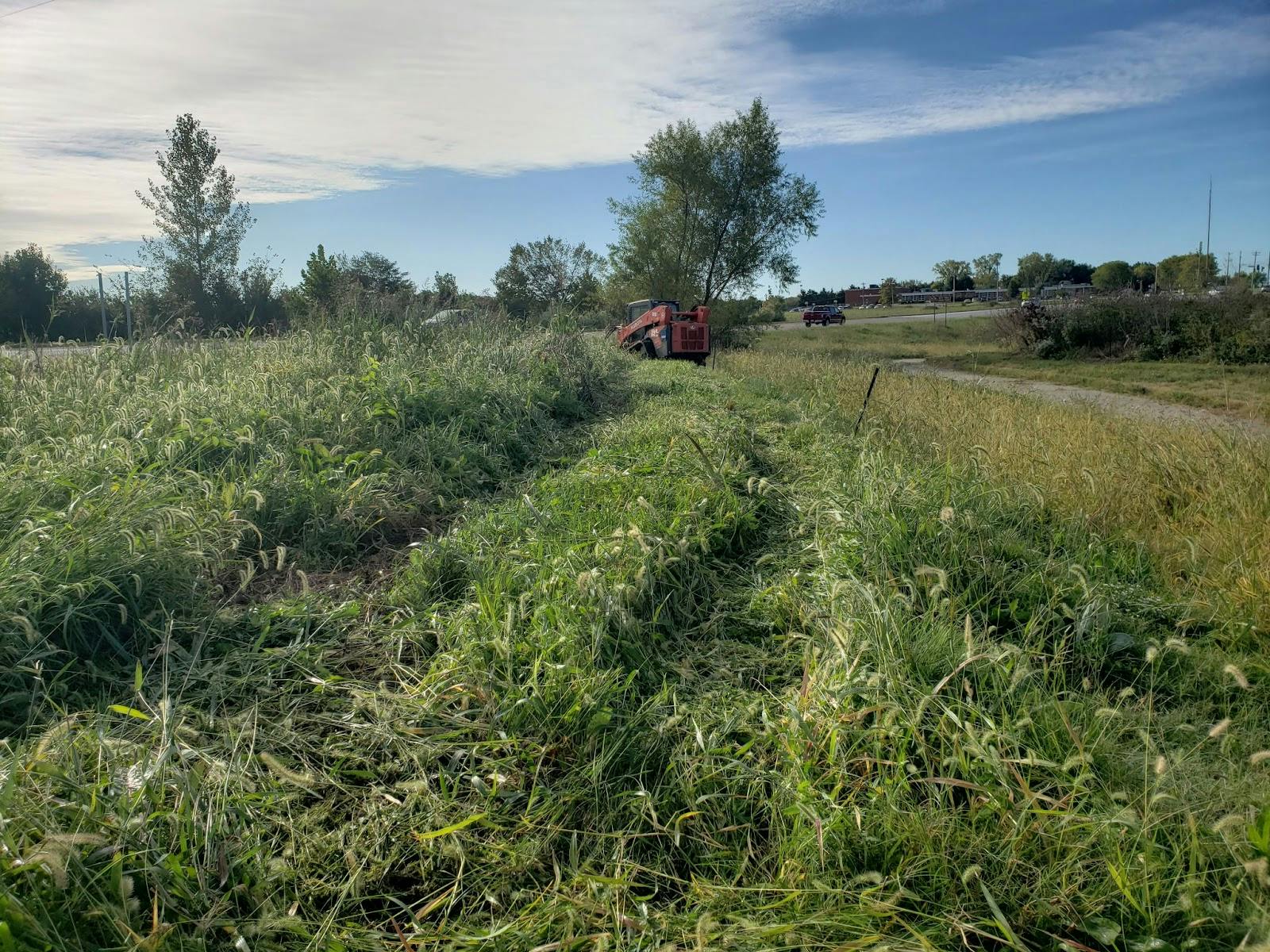
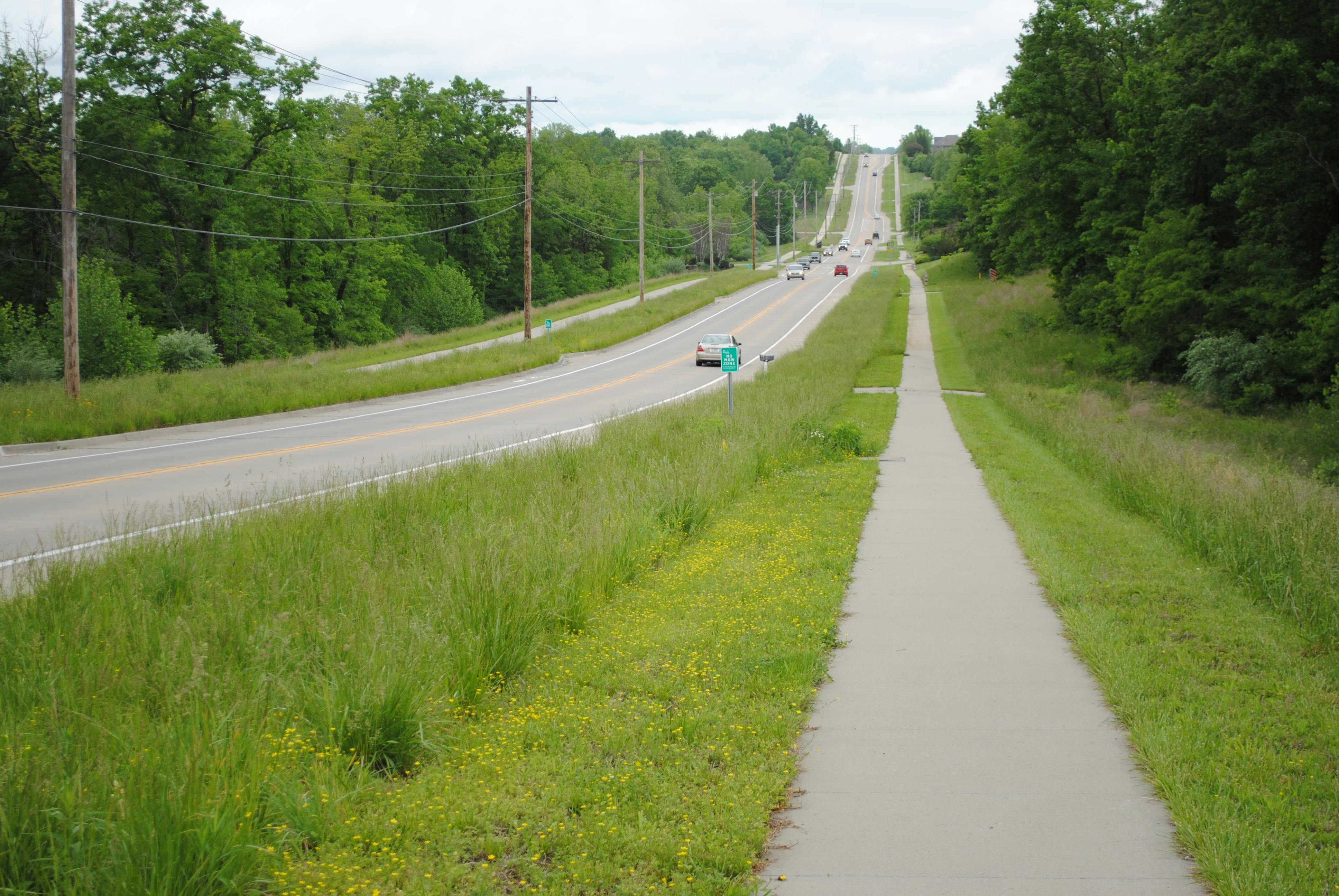
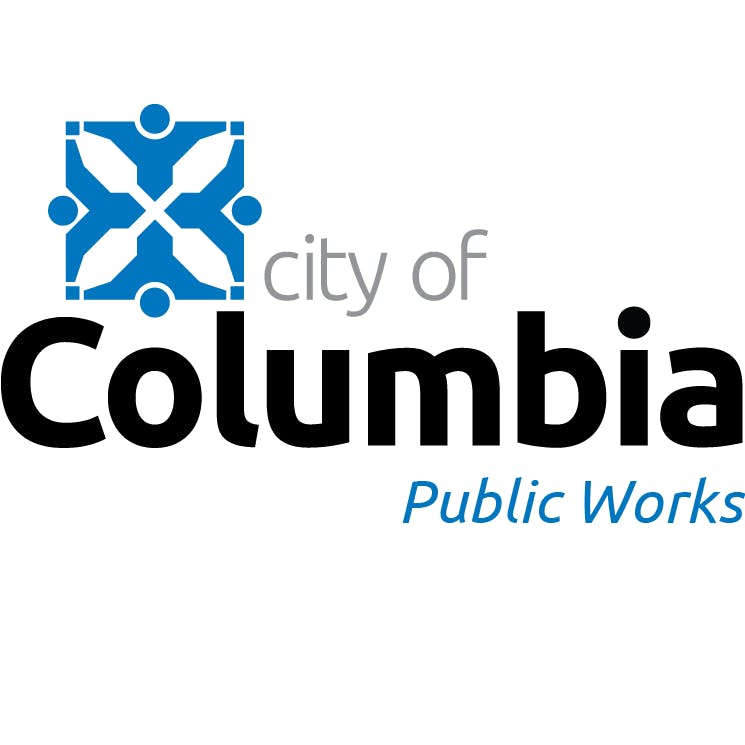
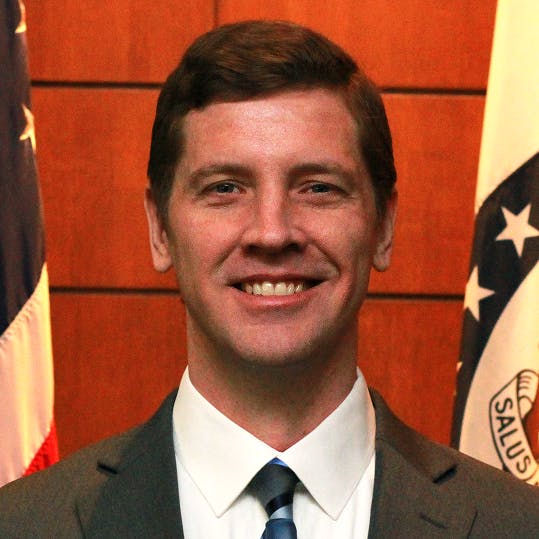
I consider the pollinator program to be a great initiative and applaud the City for it. Now, many other roadside areas in Columbia look absolutely hideous, such as the corner of State Farm Pkwy and E Southampton Drive. I wish the City would invest more in landscaping.
So sorry for all the negative feedback you have received. I very much appreciate the "no mow zones" and hope you continue to create them. Efforts to increase insect populations are desirable and very necessary for them and for us.
I drive by the pollinator sites each day on North Providence and it is a delight- I love watching the changing flowers and grasses of each season. I also am proud that our city is making a commitment to pollinators.
I posted my concerns about the dangerous blind spots created by the vegetation in the medians along Scott Blvd two months ago but nothing has been done to address the issue. What is the point of obtaining feedback if you are not going to use the information. If you are going North on Scott and try to turn left onto Georgetown there is a terrible blindspot caused by the plants in the median. You literally cannot see oncoming traffic. The Daniel Boone ball fields are in this area so there can be quite a bit of traffic turning left. It would take very little effort for the city to cut back the vegetation to allow drivers to see oncoming traffic in this situation. It's already impossible to turn left out of Georgetown causing us to drive way out of the way to the stoplight on Smith Dr. I know it is too much to expect you to consider human safety regarding all of the medians along Scott, but making a very small adjustment to allow for a clearer view of oncoming traffic when someone is trying to turn left onto Georgetown would be greatly appreciated.
I'd love to see more trees planted on the side of the road. Not only would it be nice shade for people walking or riding bikes, but it would also slow cars down as a form of traffic calming.
The lack of mowing in medians is creating safety hazards at intersections. Specifically, the sight distance at Ponderosa St. and Discovery Parkway has been reduced due to the median tall foliage in the median. When making a left turn from Ponderosa onto Discovery Parkway it is now impossible to see oncoming traffic. From a safety perspective some areas need to be mowed out of necessity.
The lack of mowing in medians is creating safety hazards at intersections. Specifically, the sight distance at Ponderosa St. and Discovery Parkway has been reduced due to the median tall foliage in the median. When making a left turn from Ponderosa onto Discovery Parkway it is now impossible to see oncoming traffic. From a safety perspective some areas need to be mowed out of necessity.
Love this program!!! Keep up the good work and expand to more areas if possible.
To me it looks like a weedy mess and makes our city look terrible. Very few flowers are in those areas. Most are weeds! Now they are brown and an eyesore. Up by Walmart on Grindstone the median looks nice. The area along Scott Blvd looks awful. Roundabouts look awful. It would seem those in front of schools they could incorporate the schools to have clubs or science groups to plant flowers and adopt the spot to care for it. Another thing I heard mentioned university students to work with the city or even high school to earn credits by helping maintain some park areas. This would seem to be at no cost or low cost for the city.
I think pollinator areas are a great idea, however there are some spaces that cause concern when it comes to being able to see for making safe turns in areas where there are not stop lights or stop signs to help with those trying to cross heavy and high speed traffic.
I like this idea in theory. The edges of the medians could be cleaned up, as well as needing to make sure traffic can be seen.
This is an absolutely fantastic program and i'm glad to see it taking root and growing. Less lawn/grass manicuring and more natural nature and pollinators
I love this, and would like to see this expand to other areas of Columbia.
This is a great program! However, wild grass areas near roadway and driveway entrances need to be held back a bit in order to allow sight distance for vehicles entering the main road. This seems to especially be a problem along Scott Boulevard.
I appreciate the thought and research behind this, but you cannot say that 30 years ago, butterflies were much more populated. 30 years ago, this city did not look the way it does or have the population it did. Things have changed, time has evolved. There is definitely a place for pollinator habitats, but it is absolutely not along the sides of our main roads, unkept and trashy looking. There is no logic behind where these are put and that’s is an issue this city has. Let’s worry about the butterflies being right next to our roads where they will get smashed instead of worrying about why our overpasses look unkept and run down compared to many other cities or the begging on every corner or roads that need repaired. Why don’t we have street sweepers to collect all of the pebbles and leftover rocks along the road edges and weeds that grow up every crack and median. I would love to see an aerial view of where these are located compared to available land and grasses. Our city has been going downhill for awhile and it keeps going that way. These sites have to go. They are a hazard and an excuse to not upkeep them.
I believe this project to be beneficial on many levels. My one comment: it is difficult to see small cars in the south bound east lane on Scott Blvd if you are turning west from north bound Scott Blvd. Cars often exceed the speed limit on Scott Blvd, and I foresee an accident occuring. Perhaps shorten the foliage just at the end where these streets cross each other.
What about preserving areas where the monarch population is already at? I live next to a big field that has tons of milkweed growing. I see monarchs everyday in that field. But sometime this month, someone will come mow down the entire field, destroying any monarch eggs or caterpillars. This happens every summer and I hate it.
Who is the Cities Conservationist? I would like to meet this person and get more educated about this project. I volunteer with the Senior Center at 1121 Business Loop East. Is this being coordinated with The Loop improvement project?
These no mow zones look horrible. There are dead animals in them and lots of trash. Our community has more trash on the streets than ever but that’s another story. If the city wants theses no mow zones put them somewhere else but not down a medium of a street where lots of people see and question what they are. We hear about making Columbia beautiful and then we have these areas that are unkept and trashy. People visiting ask if the City is out of money and can’t afford to mow the streets. Cleanup the areas. There are more weeds there than native plants so please clean up the area.
i have lived off of scotts blvd for many years. i have never seen the medium look so trashy and unkept! these wild weeds that were planted look horrible and are getting to high for public safety! we have plenty of city parks that these wild weeds could be planted at. public safety should be the city's first concern.